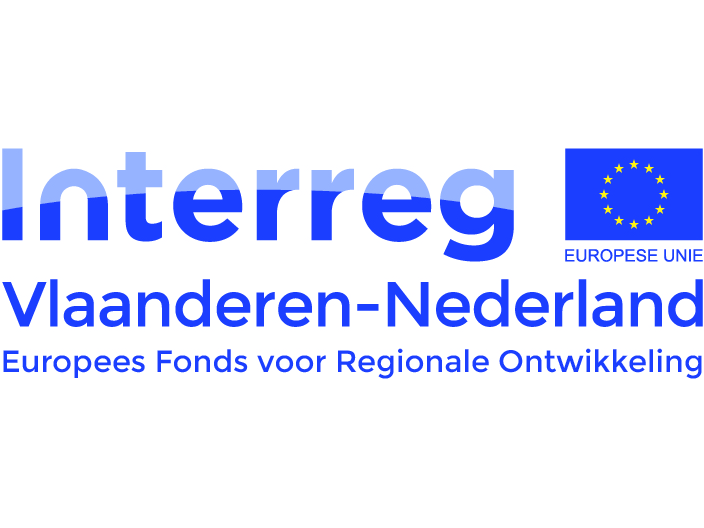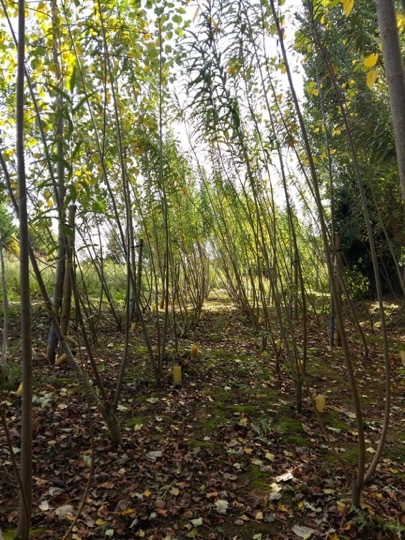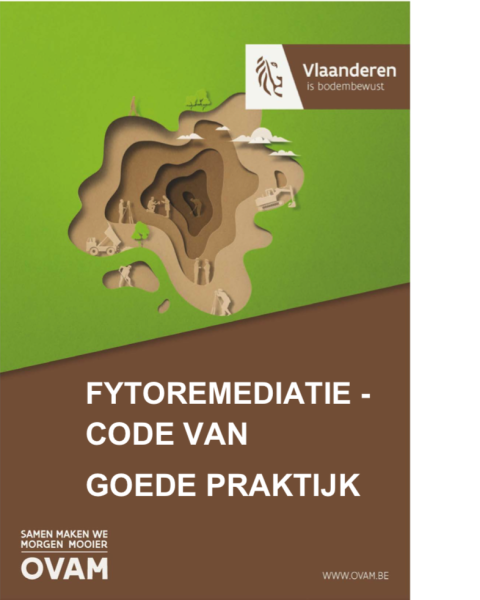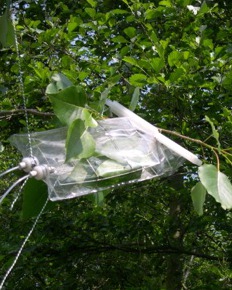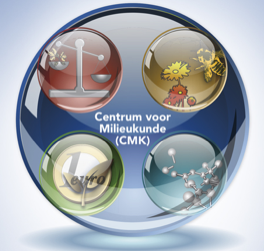⎯⎯⎯ BIO2CLEAN ⎯⎯⎯
Projects & References
❈ ❈ ❈
LIFE PROJECT
NARMENA
In the LIFE project NARMENA, seven partners are looking for solutions for historical metal pollution in water soils. They are testing two types of non-invasive, nature-based remediation methods, matching soil remediation with nature conservation and water storage.
One of the methods is bacteria assisted phytoremediation. We test this method on the banks and floodplains of the Grote Calie in the Winkelsbroek nature reserve and on adjoining farmland.
Winkelsbroek covers 24 ha of marshland complexes that are part of the Natura 2000 Habitat Directive area 'Forest and heathland areas east of Antwerp'.
The Grote Calie, a side-stream of the Aa, is partly polluted with Chromium. The highest concentrations are found in the water surface of the stream. Chromium also occurs in bank soils and sometimes to a limited extent (mainly limited to 5m from the bank) in the soils of adjacent floodplains.
Secondary nutrient concentrations, mainly phosphorus, are also included in the phytoremediation project.
The intention is to have plants absorb, fix and/or degrade the pollution. We choose plants that are not invasive and do not have a negative influence on the indigenous flora and fauna.
If necessary, we add plant associated bacteria that have the appropriate mechanisms to degrade or immobilize the pollutants. This also helps to reduce the toxicity of the pollutants for the plants.
Specifically in LIFE NARMENA we apply phytostabilization of the chromium pollution. In this process, plants and their micro-organisms stabilize or fix the pollutants in the soil, root zone or roots themselves. We try to keep the uptake in the above-ground plant parts as low as possible.
In this way the metals are fixed and are no longer mobile and bioavailable.
Interreg project FLANDERS NETHERLANDS
RESANAT
In RESANAT, bio2clean and six companies from the Netherlands and Flanders are working together with knowledge institute Deltares and the Public Waste Agency of Flanders (OVAM) to stimulate the redevelopment of polluted sites in the Netherlands and Flanders.
Conventional remediation and management techniques are expensive, energy-intensive, long-term and often require a lot of groundwater. RESANAT focuses on innovation in nature-based remediation techniques, in which plants, microorganisms, natural materials and wind and solar energy are used to control residual pollution.
Thousands of locations in Flanders and the Netherlands that still have to deal with (residual) pollution could, thanks to these innovative techniques, become permanently deployable again in the long term.
ROESELAERE
Pilot test for phytoremediation of sites polluted with organics
Commissioned by OVAM, bio2clean, together with soil remediation expert A+E Consult, is carrying out a pilot test for the remediation of a site contaminated with organic substances in Roeselare.
The aim of this pilot test is to generate and disseminate new knowledge and practical experience in phytoremediation, and to evaluate the code of good practice for phytoremediation on the basis of a specific case.
During this field trial, methods are tested to determine the degradation potential, the selection of suitable bacterial consortia for inoculation, the execution of inoculation and the monitoring of a possible volatilisation of pollutants via the leaves.
Dissemination of the knowledge and experience gained is an integral part of this project.
OVAM
Drawing up code of good practice for phytoremediation
In 2017/2018, a code of good practice for phytoremediation was drawn up by a consortium of UHasselt, bio2clean, Arcadis and Witteveen&Bos on behalf of OVAM.
The code of good practice provides guidelines for the implementation of soil remediation by means of phytoremediation and includes a detailed description of the technique in which the various forms of phytoremediation are explained: phytostabilisation, phytoextraction, phytovolatisation, phytodegradation, phytohydraulics and rhizodegradation.
Subsequently, procedures are included for the feasibility study, for the design, installation, management and monitoring, and for the termination and aftercare of a phytoremediation project.
FORD GENK SITES
Phytoremediation of BTEX pollution - Ford Genk
Near the FORD factories in Genk, in the late 1990s it was established that BTEX (benzene, toluene, ethylbenzene and xylene), oil and heavy metals had been spilled into the groundwater through leakages from underground storage tanks.
Initially, the leaking tanks were taken out of service and the existing tank park was completely renewed in accordance with the VLAREM guidelines in order to prevent additional pollution. Subsequently, priority was given to limiting the further spread of the pollution, which was especially important in the case of BTEX, which is highly water-soluble. For this purpose, in addition to 'air stripping' (from 2002), 'pump and treat' (from 2003) and natural attenuation in the source zone, phytoremediation was integrated in the soil remediation project (BSP).
______________
More information about this case can be found in the publication below: Barac T, Weyens N, Oeyen L, Taghavi S, van der Lelie D, Dubin D, Spliet M, Vangronsveld J (2009) Application of poplar and its associated micro-organisms for the in situ remediation of a BTEX contaminated groundwater plume. International Journal of Phytoremediation, 11: 416-424.
Bacterial assisted phytoremediation of TCE
A groundwater pollution of trichloroethylene (TCE) was detected at this site (site confidential). The concentrations of TCE under a nearby naturally present forest were found to drop very sharply (to almost zero values). In a first exploratory study, it was tested whether this decrease in TCE could be related to TCE degradation by the trees and their associated microorganisms. However, it was established that the degradation of TCE was limited to only 3% of the bacterial population, so that a significant part of the pollution of groundwater was transferred to the air.
Poplar plantation
That is why poplars were planted on this site that were provided with a drainage system through which certain bacterial strains can be introduced and enriched. In this case, this bacterial strain was a natural rootendophyte (bacterium that lives in the root) of poplar that has the necessary genes for degrading TCE.
Bacterial conjugation
This bacterium was created in a completely natural way, via bacterial conjugation. The endophytic bacteria are combined with a bacterial strain that is capable of degrading the contamination, in this case TCE, into 'neutral' components (mostly CO2 and water). Next, the 'offspring' with the appropriate properties are selected. This makes these bacteria cheap and simple 'assistants' for the remediation of polluted soils and ( ground) water.
Centre for Environmental Sciences
Phytoremediation related research at the CMK
The CMK (Centre for Environmental Sciences) is a multidisciplinary research institute in which more than 100 biologists, chemists, economists and lawyers examine environmental aspects, both fundamental and applied, on a daily basis. The complexity of environmental issues requires a multidisciplinary approach: six research groups from different domains complement each other's expertise. The environmental research of the various CMK research groups is concentrated in three core domains that transcend disciplines:
- the effects of stress on organisms;
- sustainable and clean technologies (including phytoremediation);
- biodiversity, ecosystem services and climate change
For the research into phytoremediation and more specifically the role of plant-associated bacteria in the remediation of polluted soils and groundwater by plants, the CMK can be regarded as a pioneer.


